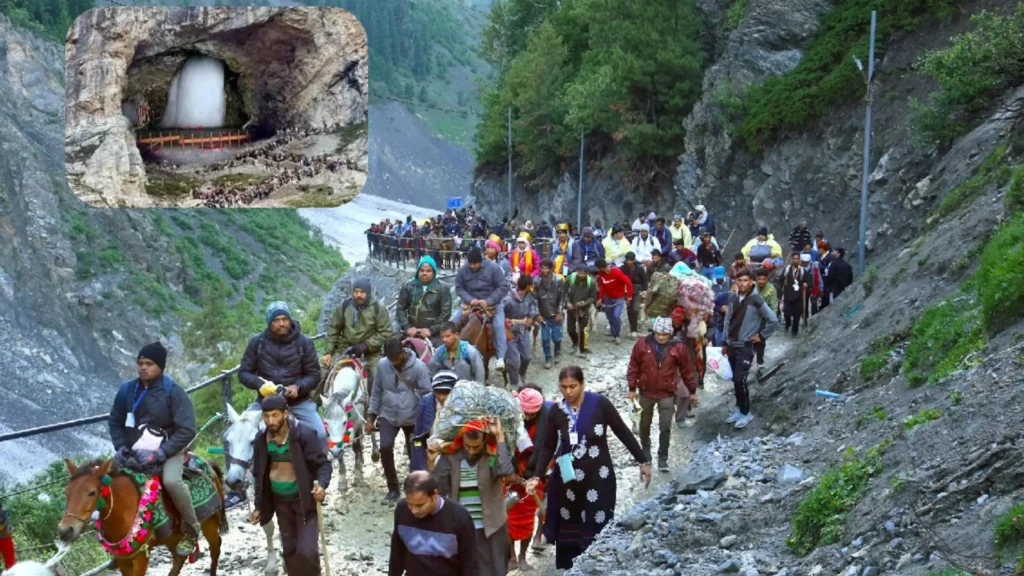Following the April 22 terror attack in Pahalgam, the Indian Army has massively ramped up security measures for the Amarnath Yatra, which began on July 3 and will continue till August 9.
Key Security Highlights:
- Troop Surge: Massive increase in deployment, especially in high-altitude and inaccessible areas.
- Air Defence Measures: Deployment of anti-drone systems, radars, and UAVs to maintain 24/7 aerial surveillance.
- Multi-Layered Security:
- Army secures periphery and higher terrain.
- CAPF (581 companies), J&K Police, and paramilitary forces are stationed in populated zones and along pilgrimage routes.
- Rashtriya Rifles: 1 battalion per route, with 2 additional per route for added security.
- Army secures periphery and higher terrain.
- Joint Control Rooms: Integrated units from the Army, police, paramilitary, and civil administration to ensure real-time coordination.
- Strict Protocols:
- No-fly zones enforced for drones and aircraft.
- Convoy and civilian movement regulated through strict scheduling.
- Multi-tier security checks and equipment restrictions in place.
- No-fly zones enforced for drones and aircraft.
Context:
- The 2024 Amarnath Yatra marks the most intense security arrangement since the abrogation of Article 370.
- The pilgrimage was either shortened or cancelled between 2019–2021 due to security threats and COVID-19.
- Over 1 lakh pilgrims have already visited the cave shrine in just the first six days.
With Operation Sindoor launched to dismantle cross-border terror infrastructure, authorities are taking no chances in protecting one of the country’s most sensitive and sacred annual pilgrimages.
Read More : Amarnath Yatra 2025: Heaviest Security After Pahalgam Attack & Abhibus Coupon Code : India’s trusted bus booking app! Get 24/7 customer support.
